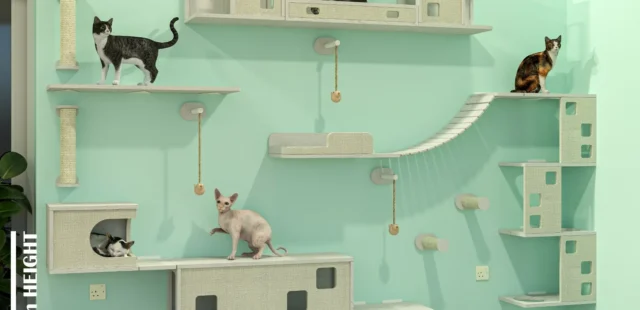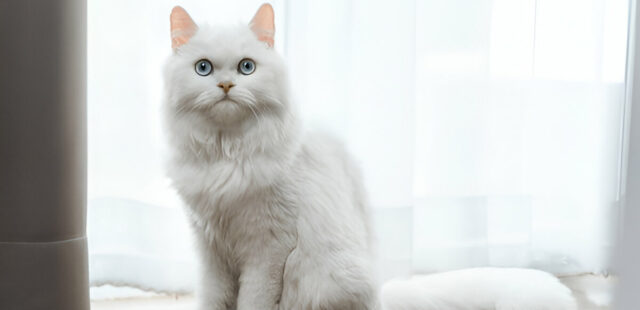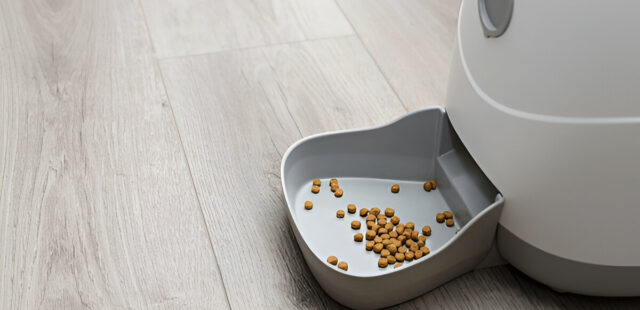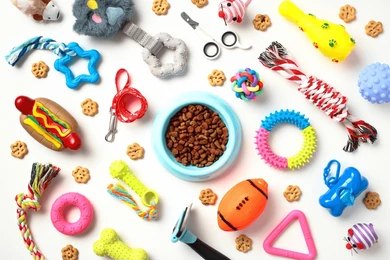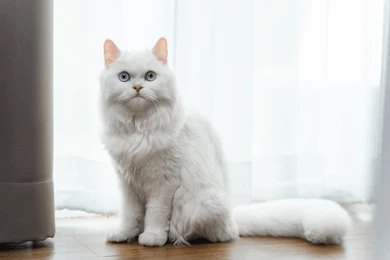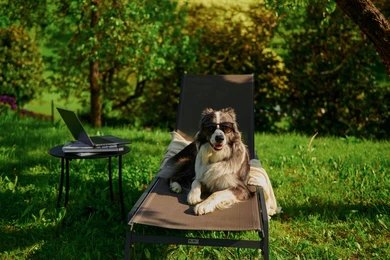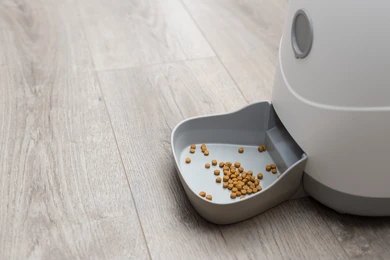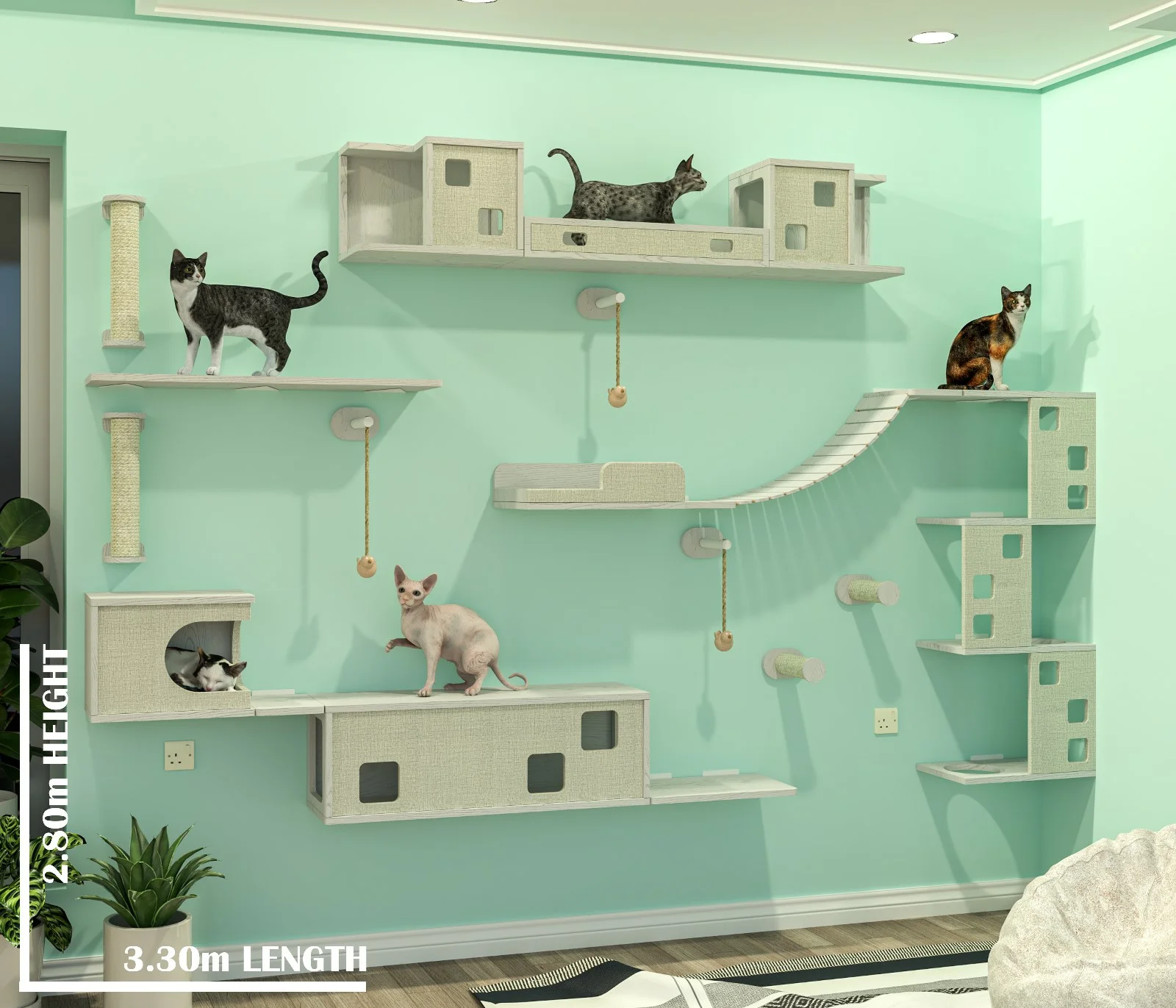As pet owners, we all strive to provide the best for our furry companions, ensuring they stay active, happy, and mentally stimulated. One of the keyways to achieve this is through playtime, and toys are essential to play. Over the years, pet toys have evolved significantly, moving from basic traditional designs to more advanced, interactive options. But what exactly are the crucial differences between interactive and traditional pet toys? And how can they affect your pet’s overall well-being? In this blog, we’ll explore these two categories of toys and the unique benefits each offers.
1. Definition of Traditional Pet Toys
Traditional pet toys have been around for as long as we can remember. These are often the simple, classic toys that rely on the pet’s physical engagement without any external stimulus. Some common examples include:
- Balls: Basic toys for fetching and chasing, perfect for dogs.
- Plush Toys: Soft and cuddly, often mimicking small animals to appeal to a pet’s natural instincts.
- Rope Toys: Primarily used for tug-of-war games, especially loved by dogs
- Chew Toys: Designed to satisfy a dog’s urge to chew, preventing destructive behavior.
While traditional pet toys offer a lot of physical exercise, they lack the complexity to provide mental stimulation. These toys are often dependent on the owner’s involvement to maximize the pet’s engagement.
2. Definition of Interactive Pet Toys
In contrast, interactive pet toys are designed to stimulate not just your pet’s body but also its mind. These toys often have mechanisms that trigger your pet’s curiosity or challenge them to solve a puzzle to access a reward (usually a treat or food). Examples of interactive pet toys include:
- Puzzle Toys: Toys that require a pet to figure out how to extract a hidden treat.
- Automatic Ball Launchers: Machines that automatically throw balls for dogs to chase, reducing the need for constant human involvement.
- Motion-Sensor Toys: Toys that move or make noise when your pet comes near them, sparking curiosity and engagement.
- Feeding Toys: These toys dispense food when manipulated in a certain way, encouraging pets to work for their meals.
These interactive toys are ideal for pets left alone for long periods, as they provide entertainment and mental stimulation even without human participation.
3. Mental Stimulation and Cognitive Development
One of the key differences between interactive and traditional pet toys lies in the level of mental stimulation they provide. Traditional toys primarily focus on physical activity—whether it’s chasing, fetching, or chewing. While these activities are great for physical health, they don’t challenge the pet’s mind as much as interactive toys do.
Interactive toys, on the other hand, are designed to test your pet’s problem-solving abilities. For instance, puzzle toys force your pet to figure out how to unlock a treat, engaging their cognitive faculties. This is especially important for intelligent breeds, like Border Collies and Siamese cats, which require a higher level of mental stimulation to stay content.
Interactive toys also offer an opportunity to combat boredom. Boredom can lead to destructive behaviors like chewing furniture, excessive barking, or even depression. By challenging your pet’s mind, interactive toys can prevent these behaviors and promote a healthier mental state.
4. Physical Health and Exercise
When it comes to physical exercise, traditional toys are often more effective because they are centered around active play. Dogs will naturally expend more energy chasing a ball or playing tug-of-war than they might with a puzzle toy that requires more thought than action.
Interactive toys do provide some level of physical activity, especially those that incorporate movement, like automatic ball launchers or laser toys for cats. However, they’re usually more focused on combining both mental and physical engagement rather than purely physical exercise.
If your pet’s main issue is excess energy, traditional toys might be better suited for ensuring they get the exercise they need. For mental stimulation and keeping them entertained while you’re away, interactive toys can provide a more balanced solution.
5. Longevity of Engagement
Another significant difference between the two types of toys is the longevity of engagement. Traditional toys, while fun, can sometimes lose their appeal after a while, especially if your pet is highly intelligent. For instance, a dog may quickly grow bored of a tennis ball after several rounds of fetch, and a cat may lose interest in a plain plush toy after a few days.
Interactive toys tend to have a longer-lasting appeal because they challenge your pet to think. A puzzle toy that releases treats will keep your pet engaged until they figure out how to get the treat out. Similarly, motion-sensor toys will continuously surprise your pet, maintaining their curiosity and interest.
6. Owner Involvement
Traditional toys often require a lot of owner involvement. A ball needs to be thrown, a rope toy needs to be tugged, and even chew toys are more fun when the owner is actively playing with their pet. This creates an opportunity for bonding between the pet and the owner but also means that the toy might go unused when the owner is unavailable.
Interactive toys, however, are typically designed for independent play. A dog can spend hours figuring out how to extract treats from a puzzle toy, or a cat can chase a laser toy that moves on its own. This allows the pet to entertain themselves even when the owner isn’t around, making these toys especially useful for busy households or when the pet is left alone for long periods.
7. Durability and Cost
When comparing durability, traditional toys, especially those made for dogs, are often built to withstand aggressive chewing. Chew toys, ropes, and rubber balls are usually constructed from tough materials that can endure heavy use. On the downside, interactive toys—because of their complexity—might not always be as durable, especially if your pet is rough with them. Electronics or moving parts are more susceptible to breaking, making them a bit more fragile.
As for cost, traditional toys tend to be more affordable. A simple ball or plush toy is usually inexpensive compared to an interactive toy that requires batteries or has moving parts. However, some pet owners see interactive toys as a worthwhile investment because they offer extended engagement and mental stimulation.
8. Best of Both Worlds
Rather than viewing interactive and traditional pet toys as competing categories, they can often complement one another. By combining both types of toys, you can offer your pet a more holistic play experience. For instance, a dog that plays with a ball outdoors for exercise can later engage with a puzzle toy indoors for mental stimulation. Cats that enjoy chasing a plush mouse can also be entertained with an interactive laser toy that moves on its own.
By varying the types of toys you offer, you ensure that your pet’s needs are met both physically and mentally.
In the end, the crucial differences between interactive and traditional pet toys lie in their focus on mental versus physical stimulation, the level of owner involvement, and the duration of engagement they provide. Traditional toys are fantastic for physical play and bonding time, while interactive toys offer mental challenges that can keep pets entertained when you’re not around.
Choosing between interactive and traditional toys ultimately depends on your pet’s needs, personality, and lifestyle. A combination of both types of toys is often the best approach, ensuring your furry friend remains happy, healthy, and stimulated in all aspects of their life. So, the next time you’re browsing the pet store, consider how both traditional and interactive toys can play a role in your pet’s daily routine!


